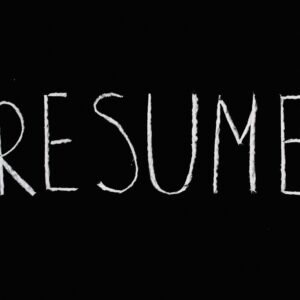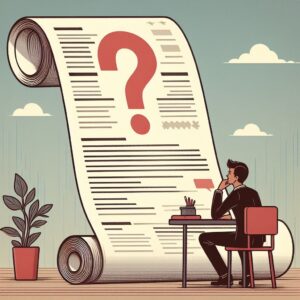Introduction
In the ever-evolving landscape of the job market, a meticulously crafted resume is a non-negotiable asset for professionals aiming to stand out in the competitive field. As we embark on 2024, the art of resume writing demands a nuanced blend of traditional principles and modern trends to captivate the attention of discerning recruiters and hiring managers. This comprehensive guide aims to navigate through the intricacies of resume creation, providing a roadmap for showcasing your skills and experiences effectively.
Understanding The Purpose Of Your Resume
Before delving into the specifics of crafting a resume, it’s crucial to define its purpose. Whether you are embarking on a job search, transitioning between industries, or aspiring for career advancement, a clear understanding of your career goals is fundamental for tailoring your resume effectively.
Choosing The Right Resume Format
Selecting the appropriate resume format sets the foundation for a compelling document. The three primary formats are:
- Chronological Resume: Ideal for candidates with a consistent career trajectory, this format lists work history in reverse chronological order, emphasizing the latest achievements and roles.
- Functional Resume: Focusing on skills and qualifications rather than work history, this format suits individuals with employment gaps or those transitioning to a new field.
- Combination Resume: Blending elements of both chronological and functional formats, this versatile option highlights both skills and work experience.
Structuring Your Resume
The organizational structure of your resume significantly influences how information is communicated. A well-organized resume typically includes the following sections:
- Contact Information: At the top of the page, provide easily accessible details: full name, phone number, email address, and LinkedIn profile.
- Summary Or Objective Statement: Craft a compelling summary or objective statement tailored to align with the specific job you’re applying for.
- Work Experience: List relevant work experiences in reverse chronological order, emphasizing job titles, company names, dates of employment, and key responsibilities.
- Education: Highlight your educational background, including degrees, certifications, and relevant coursework.
- Skills: Outline key technical and soft skills relevant to the job, providing specific examples or accomplishments.
- Additional Sections: Depending on your experiences, include sections like certifications, languages, volunteer work, or extracurricular activities.
Crafting An Attention-Grabbing Summary Or Objective
The opening statement of your resume is a prime opportunity for a strong first impression. Tailor this section to mirror the job description, emphasizing your most pertinent skills and experiences.
Showcasing Your Work Experience
The work experience section should offer a comprehensive overview of your professional journey. Focus on quantifiable achievements, utilizing action verbs to convey your contributions effectively.
Highlighting Your Education
While experienced professionals may downplay the education section, it remains essential to spotlight relevant degrees, certifications, and academic achievements.
Emphasizing Your Skills
In the contemporary job market, employers value a diverse range of skills. Showcase both technical and soft skills relevant to the position.
Adding Additional Sections
Consider including certifications, language proficiencies, and volunteer work to provide a holistic view of your skills and interests.
Formatting And Design Tips
A visually appealing and readable design is crucial for a well-received resume. Opt for a clean and professional layout with consistent formatting, avoiding information overload.
Proofreading And Editing Your Resume
Before submission, meticulously proofread for grammatical errors and typos. Seek feedback from peers to ensure your resume is polished and error-free.
Customizing Your Resume For Each Application
Tailor your resume for each position, emphasizing skills and experiences most relevant to the specific job.
Utilizing Online Tools And Resources
Leverage online resources such as resume builders, templates, and grammar checkers for a streamlined and professional-looking resume.
Preparing Your Resume For ATS
Optimize your resume with relevant keywords and ATS-friendly formatting to navigate through initial screening processes.
Conclusion
Crafting a compelling resume demands meticulous attention to detail and a deep understanding of your skills and experiences. By following the guidelines in this comprehensive guide, you can create a resume that effectively showcases your qualifications, leaving a lasting impression on potential employers.
FAQs
- Is it necessary to include references on my resume? While providing references upon request is common, it’s not mandatory to include them on your resume. Focus on showcasing your relevant skills and experiences.
- How far back should I go with my work experience? Include the past 10-15 years of work experience, emphasizing relevance. If earlier experiences are pertinent, consider including them.
- Should I include a photo on my resume? Avoid including a photo, as it may introduce bias. Concentrate on presenting qualifications and experiences professionally.
- What font size and style should I use? Opt for a clear and legible font like Arial or Calibri, with a font size between 10 and 12 points for body text. Headings can be slightly larger.
- How long should my resume be? While there’s no strict rule, aim for conciseness. One page is generally sufficient for entry to mid-level positions, while experienced professionals may extend to two pages if needed.




